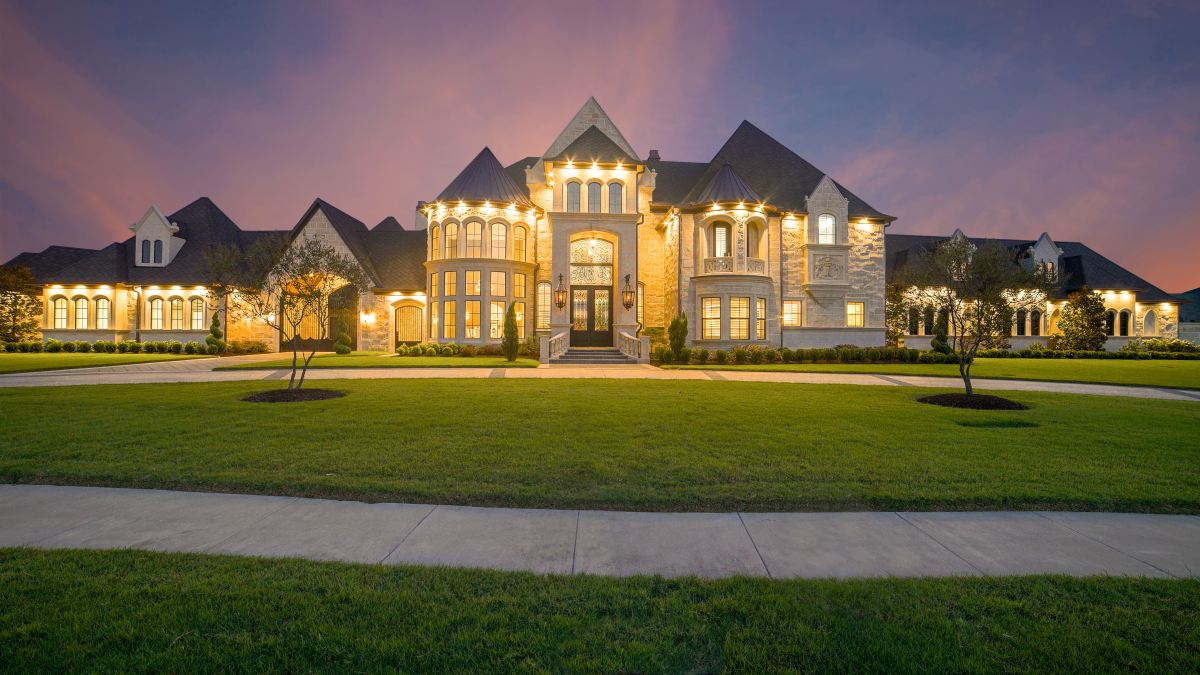Bigger may very well be better, but it still runs the very serious risk of never being enough.
While the size of American homes has increased significantly in recent decades, satisfaction with those homes has remained at a standstill, Joe Pinsker reported for The Atlantic.
According to data from the U.S. Census Bureau, the median size of single-family homes in American reached 2,500 square feet in 2015, up from just over 1,500 square feet in 1973, when the Census Bureau first started tracking home sizes. The increase in size combined with a drop in the average number of members per family means that Americans have more space to call their own than ever before. According to a recent paper, however, that extra space hasn’t granted homeowners and their families any extra happiness.
“Despite a major upscaling of single-family houses since 1980,” wrote Clément Bellet, a postdoctoral fellow at the European business school INSEAD, “house satisfaction has remained steady in American suburbs.”
So what’s got us down? According to Bellet, it’s a classic case of keeping up with the Jones’s — or failing to, that is. In what Bellet has called the McMansion effect, as American homes grow ever larger, those whose houses get dwarfed by neighboring mansions feel less satisfied. Perhaps unsurprisingly, Bellet says homeowners most sensitive to this increased dissatisfaction are the ones whose homes are among the second-largest in their neighborhood.
“If I bought a house to feel like I’m ‘the king of my neighborhood,’ but a new king arises, it makes me feel very bad about my house,” Bellet explained in an email to The Atlantic.
Moreover, according to Bellet’s estimates, the size of the largest 10 percent of houses has increased 1.4 times as fast as the size of the median house, meaning the idea of what constitutes a big house is shifting ever further out of reach.
While Pinsker notes that some dissatisfaction may also stem from the increasing loneliness that smaller families in bigger homes might face, the heart of the issue seems to be a classic case of having some and wanting more.
As Cara Poh noted in an article for The Cut earlier this year examining the relationship between income, financial stability and satisfaction, the concept of “enough” is often engineered specifically to remain perpetually out of reach. “While $100,000 will satisfy certain dreams and desires that hadn’t been before, new concerns and worries will pop up in their place,” she wrote.
As usual, whether it’s six figures or a brand new suburban McMansion, we are the self-inflicted victims of our own insatiability, and this is why we can’t have nice things.
Editor’s Note: RealClearLife, a news and lifestyle publisher, is now a part of InsideHook. Together, we’ll be covering current events, pop culture, sports, travel, health and the world. Subscribe here for our free daily newsletter.
Thanks for reading InsideHook. Sign up for our daily newsletter and be in the know.


















